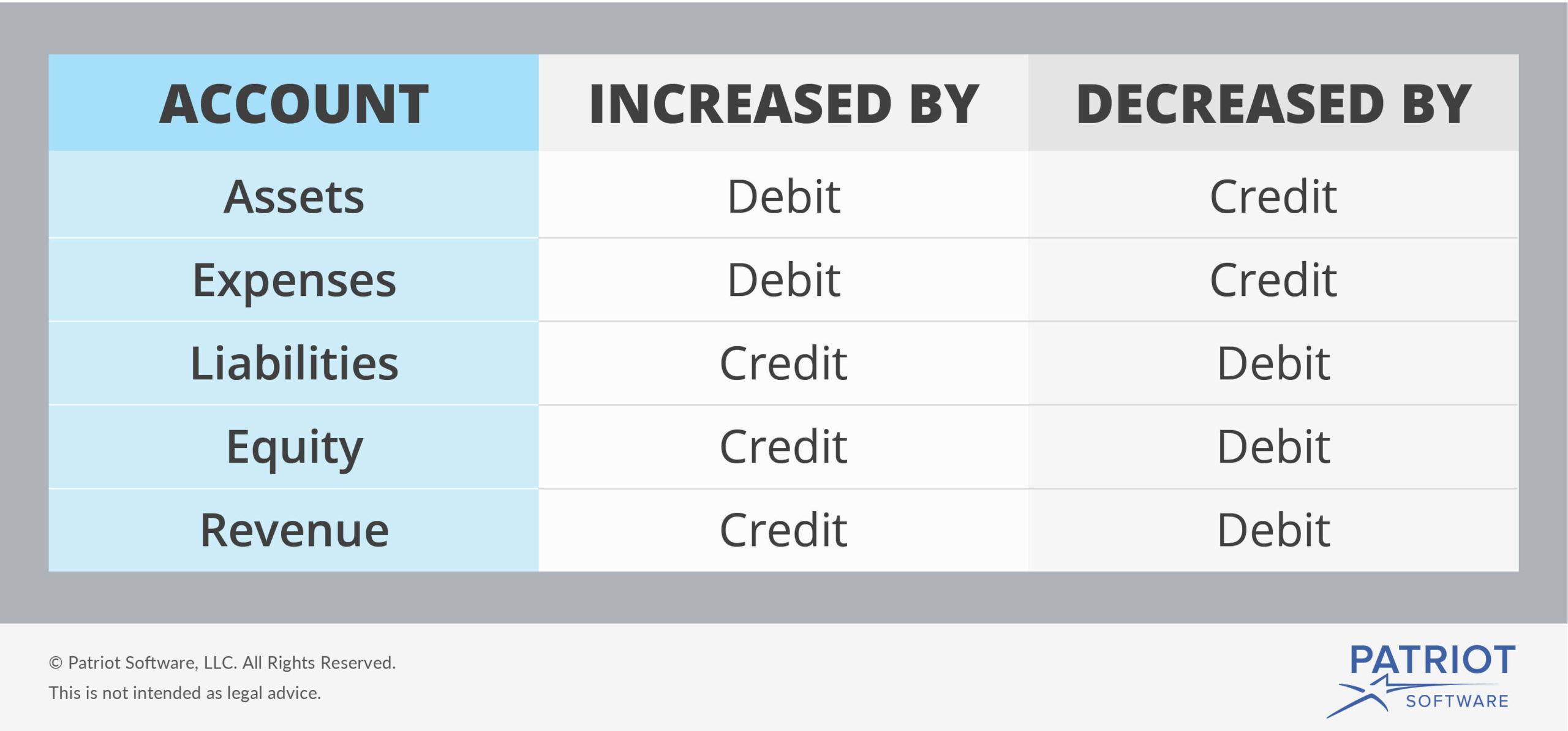Debit vs credit in accounting: Guide with examples for 2024
Asset accounts, including cash and equipment, are increased with a debit balance. Bills payable refer to the invoices you receive from your suppliers and vendors requesting payment. Bills payable amounts how to delete are entered in the AP category on the general ledger, so bills payable are a credit. Simply, bills payable represent liabilities, as…

Asset accounts, including cash and equipment, are increased with a debit balance. Bills payable refer to the invoices you receive from your suppliers and vendors requesting payment. Bills payable amounts how to delete are entered in the AP category on the general ledger, so bills payable are a credit. Simply, bills payable represent liabilities, as they show purchases made on credit, so are credited to AP.
Review Supplier Contracts Regularly

However, if you do not see one that you need, you can add your own manually in your chart of accounts. Streamlining the accounts payable process is an essential part of growing and developing your business, though, as managing accounts payable is a backend task, it is often overlooked. You need to make your accounts payable process efficient so that it provides a competitive advantage to your business. As a result, accounts payable management is critical for your business to manage its cash flows effectively. Receivables represent funds owed to the firm for services rendered and are booked as an asset.
Accounts payable reconciliation report
Yes, you can perform your AP tasks without running these reports—it’s certainly possible, and many businesses do. Payment to the supplier should be made at the appropriate time in order take advantage of any discount being offered by the supplier for early settlement. Our goal is to deliver the most understandable and comprehensive explanations of financial topics using simple writing complemented by helpful graphics and animation videos.
Differences between accounts payable and bills payable
However, this flexibility to pay later must be weighed against the ongoing relationships the company has with its vendors. Individual departments tend to use these reports to compare their payment activities against their operational budget. This report serves as a reminder to use those credits and can even remind you to prioritize certain vendors to make use of your available credits. Typically, an AP clerk will need to thoroughly check all invoices, purchase orders, and contracts issued by the company to identify AP entries. If the buyer maintains a purchases returns and allowances journal, then the goods returned by him would be recorded in that journal, rather than in the general journal. To ensure that everyone is on the same page, try writing down your accounting routine in a procedures manual and use it to train your staff or as a self-reference.
Recording credits and debits as journal entries
The owner should review all of the documents before signing the check and paying the invoice. As a result, there will be no need for you to manually enter or upload all your invoices, and your purchase and payment process would also get automated. It’s essential that you to review your supplier contracts on a regular basis as it helps to prevent fraudulent billing practices, whether due to overpayment or duplicate payments. Let’s consider the above example again to understand how to record accounts receivable.
- If you have an effective invoice processing workflow, you can pull this report on demand to understand your current cash needs, learn which vendors are waiting for payments, and so on.
- Accrued expenses can sometimes be an estimated amount of what’s owed as a result.
- Every accounts payable department has a process to follow before making a vendor payment — this is the accounts payable process.
You as a business can be viewed as a supplier, and your accounts receivables represent the amount of money you lend to your customers. Likewise, you are also a customer of your vendors and your accounts payable represent your borrowings from such suppliers. At the corporate level, AP refers to short-term payments due to suppliers. The payable is essentially a short-term IOU from one business to another business or entity. The other party would record the transaction as an increase to its accounts receivable in the same amount. Let us understand the concept of entering accounts payable credit or debit in balance sheet with the help of a few examples.
You’ll notice that the function of debits and credits are the exact opposite of one another. Before getting into the differences between debit vs. credit accounting, it’s important to understand that they actually work together. Accounts payable indicates purchases made on credit owed to the creditor at a later date.
When recording a transaction, every debit entry must have a corresponding credit entry for the same dollar amount, or vice-versa. The accounts payable process starts by issuing a purchase order to the vendor requesting the purchase. The vendor supplies the deliverables and issues an invoice to the company, with payment terms as previously discussed. The company is responsible for paying the invoice on time or submitting any late payment fees. Since accounts payable are owed to the vendors, it is recorded in the balance sheet as a short-term liability. Accounts payable is the liability of companies or businesses that record in the balance due to purchases of services or products in credit term.
Accounts Payable is sometimes referred to as a current liability account. This is simply in reference to the fact that the account represents the company’s short-term liabilities. It could refer to an account on a company’s general ledger, a department, or a role. Yet, no matter where the term appears, it’s always related to the amount of money a business owes to other entities within a specific timeframe.

